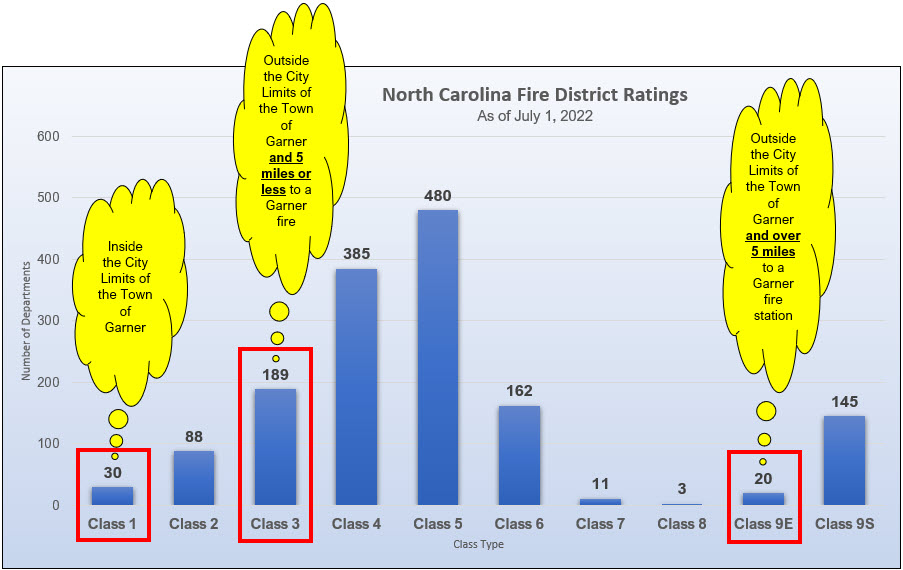Accreditation & ISO
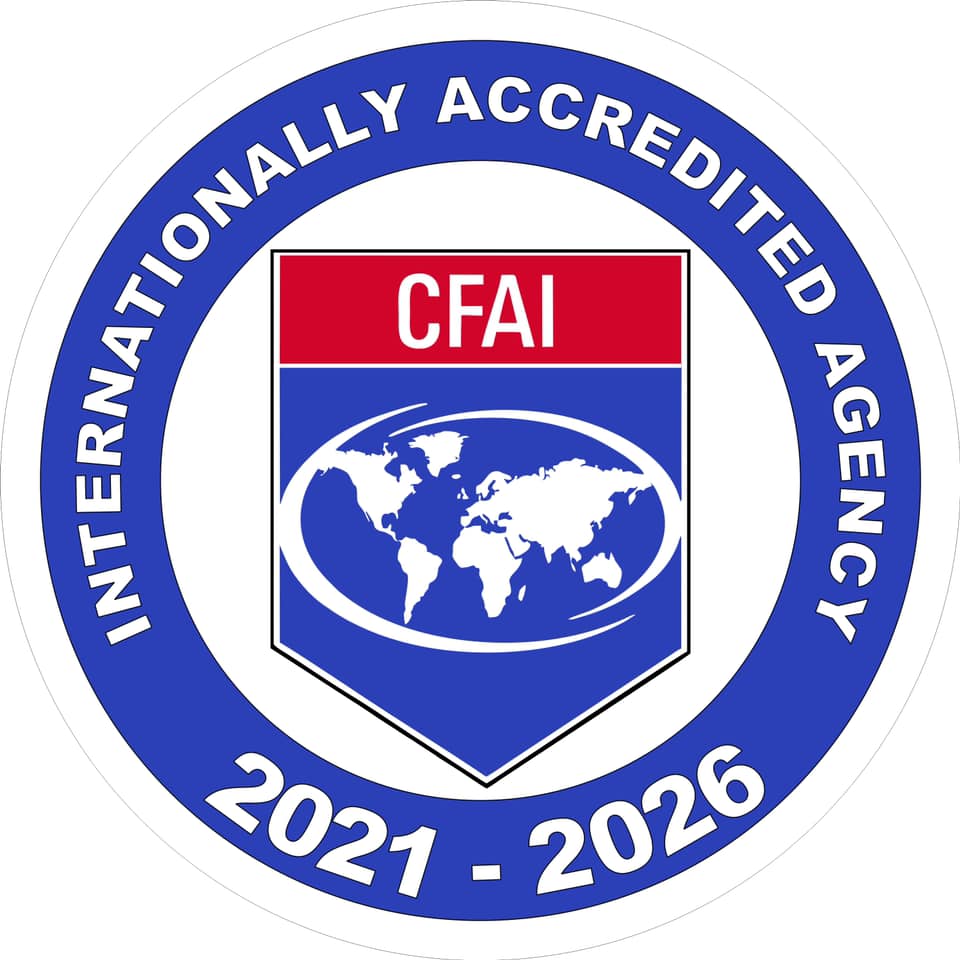 Accreditation
Accreditation
Garner Fire-Rescue successfully received international accreditation status on July 19, 2021.
Of the almost 30,000 fire departments in existence, less than 300 agencies (less than one percent) achieve this status and less than 12% of the US population is protected by an accredited agency.
Fire service accreditation is administered by the Commission on Fire Accreditation International (CFAI) and requires an embedded culture of quality throughout an organization. Maintaining accreditation is a significant undertaking and requires the combined best efforts of all members of the agency.
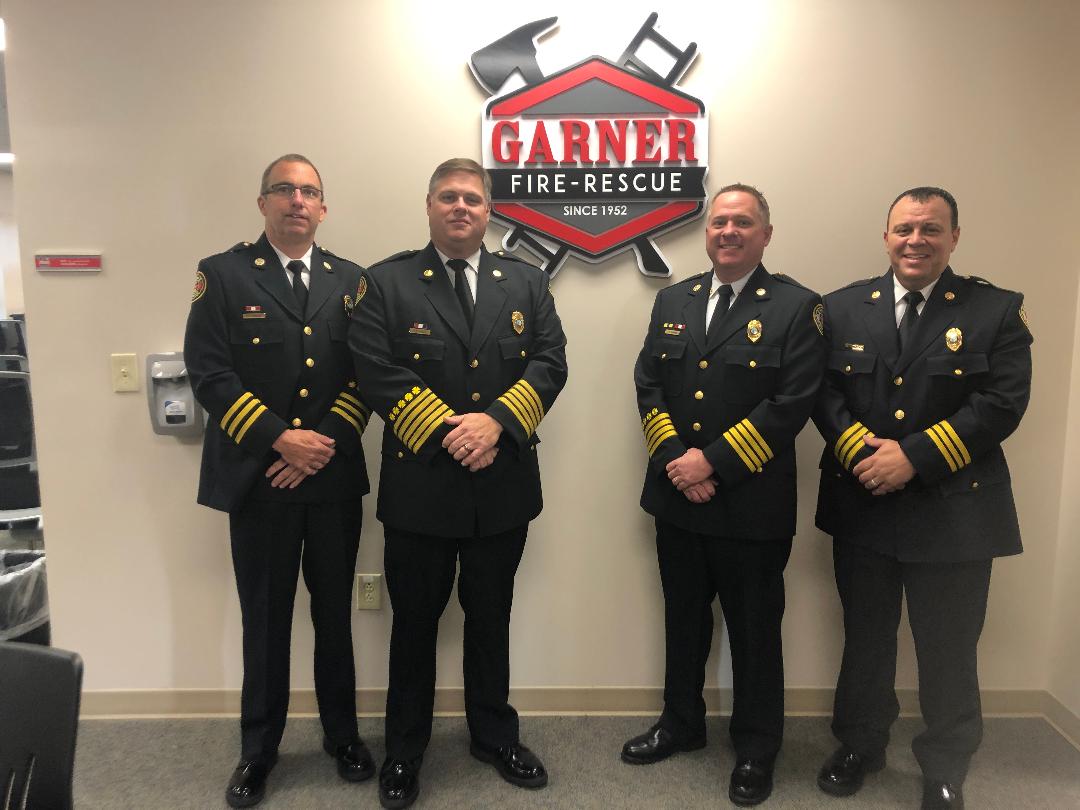
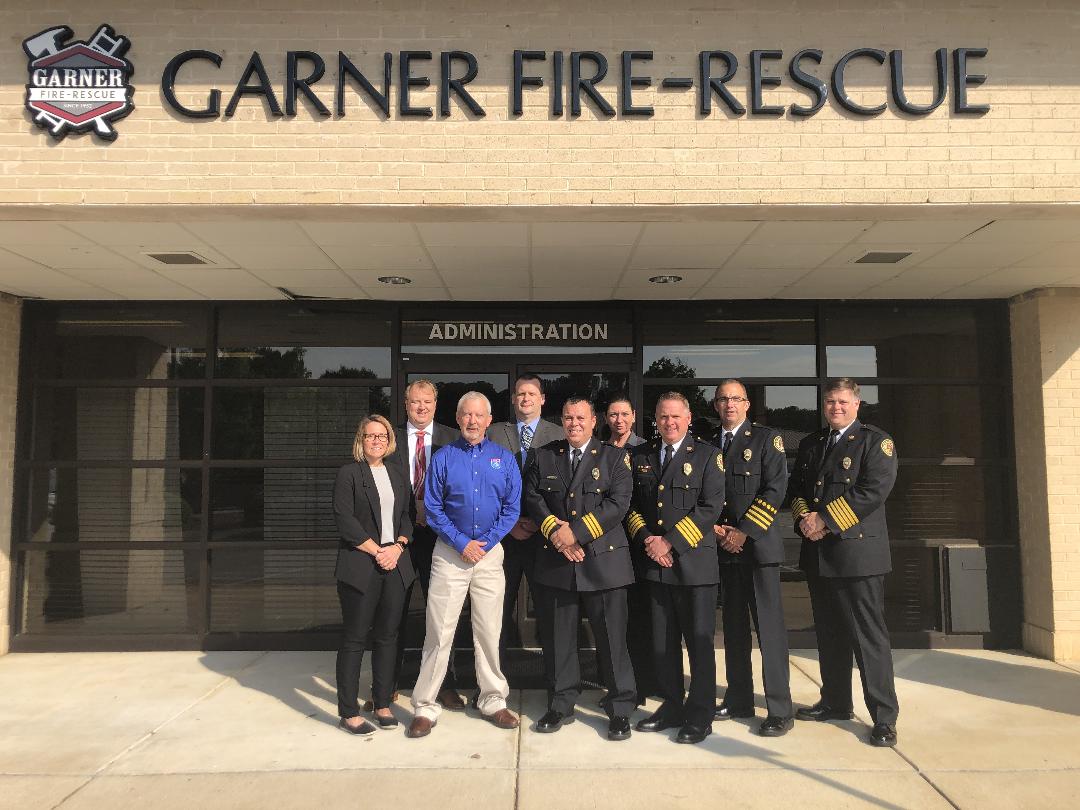
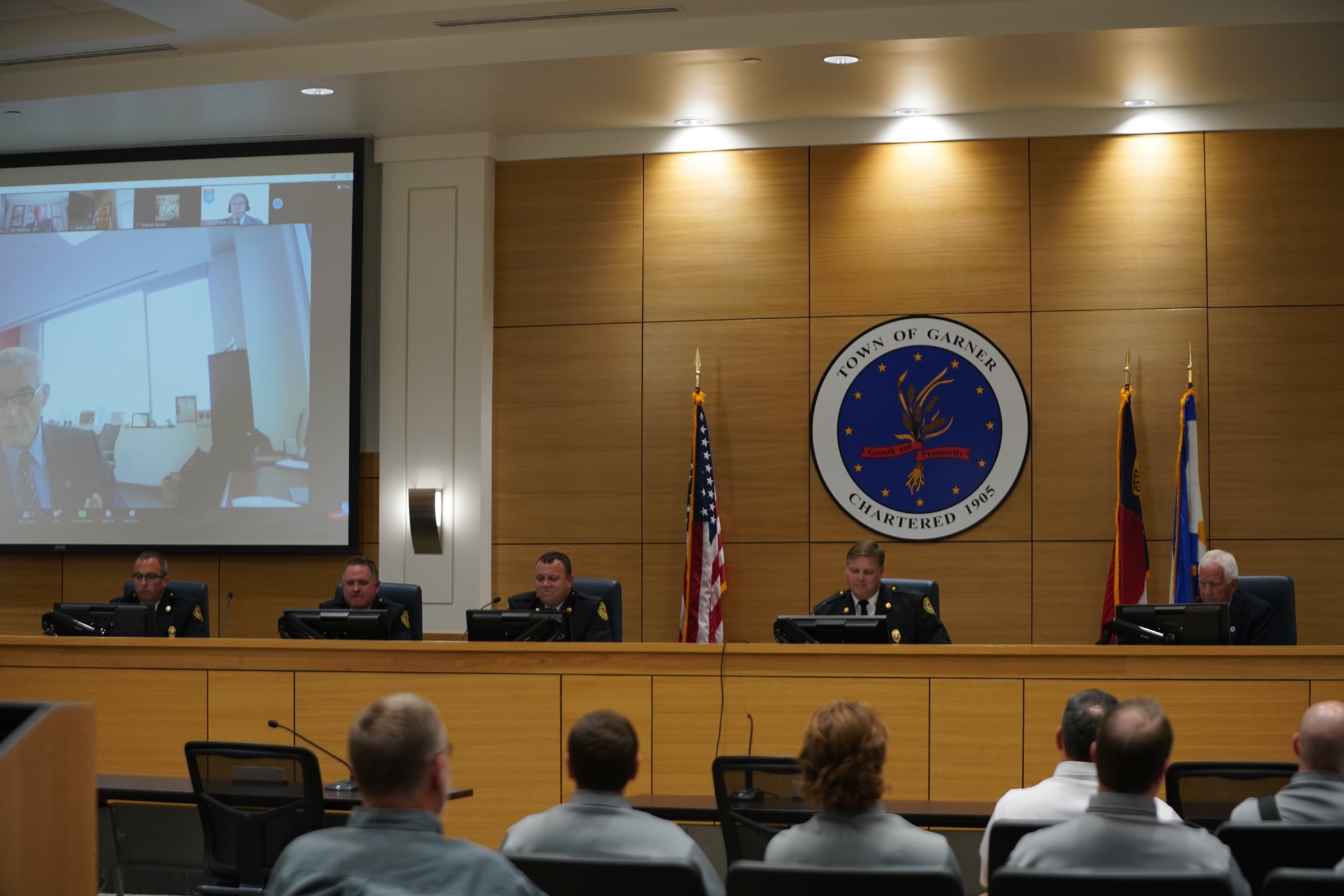
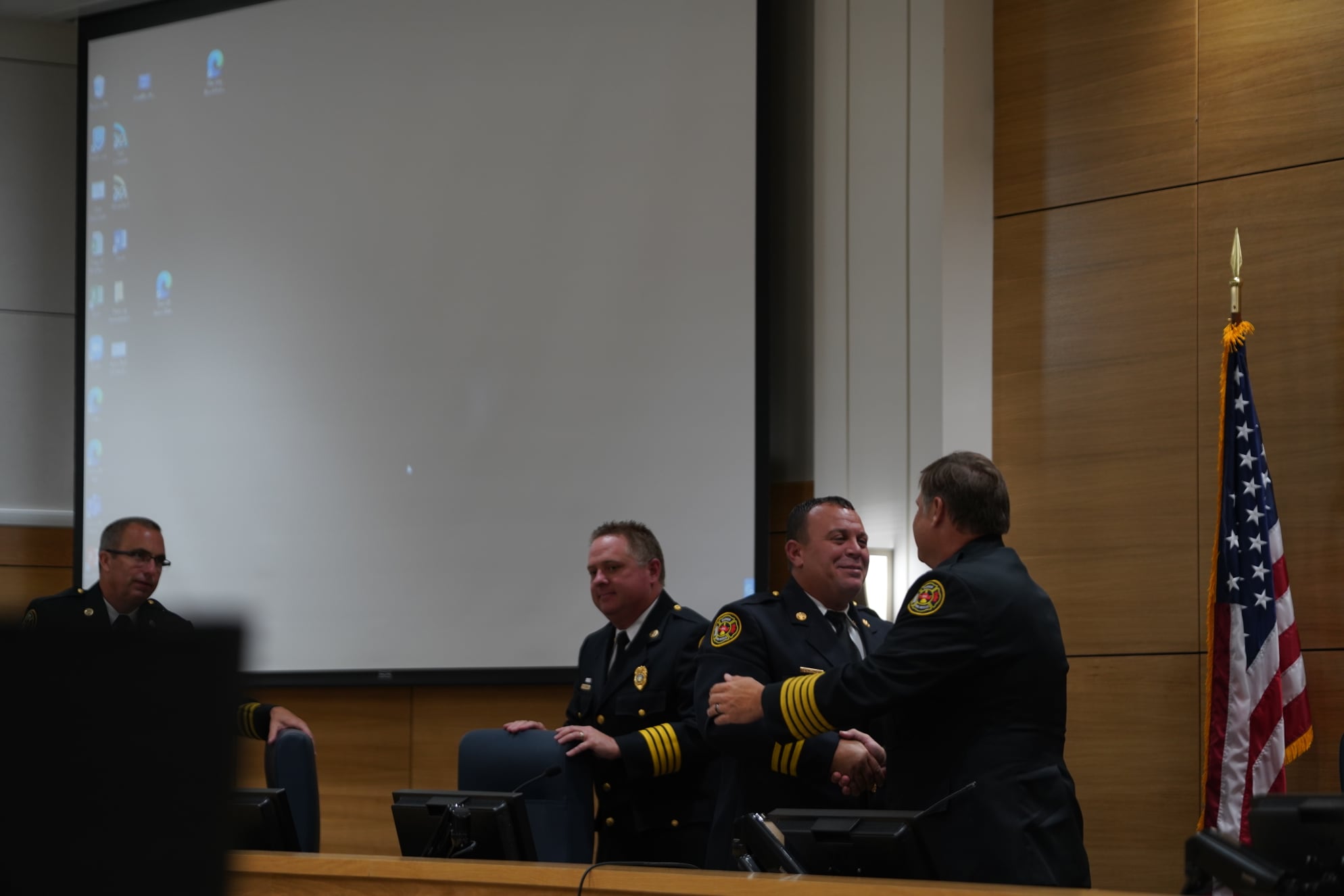


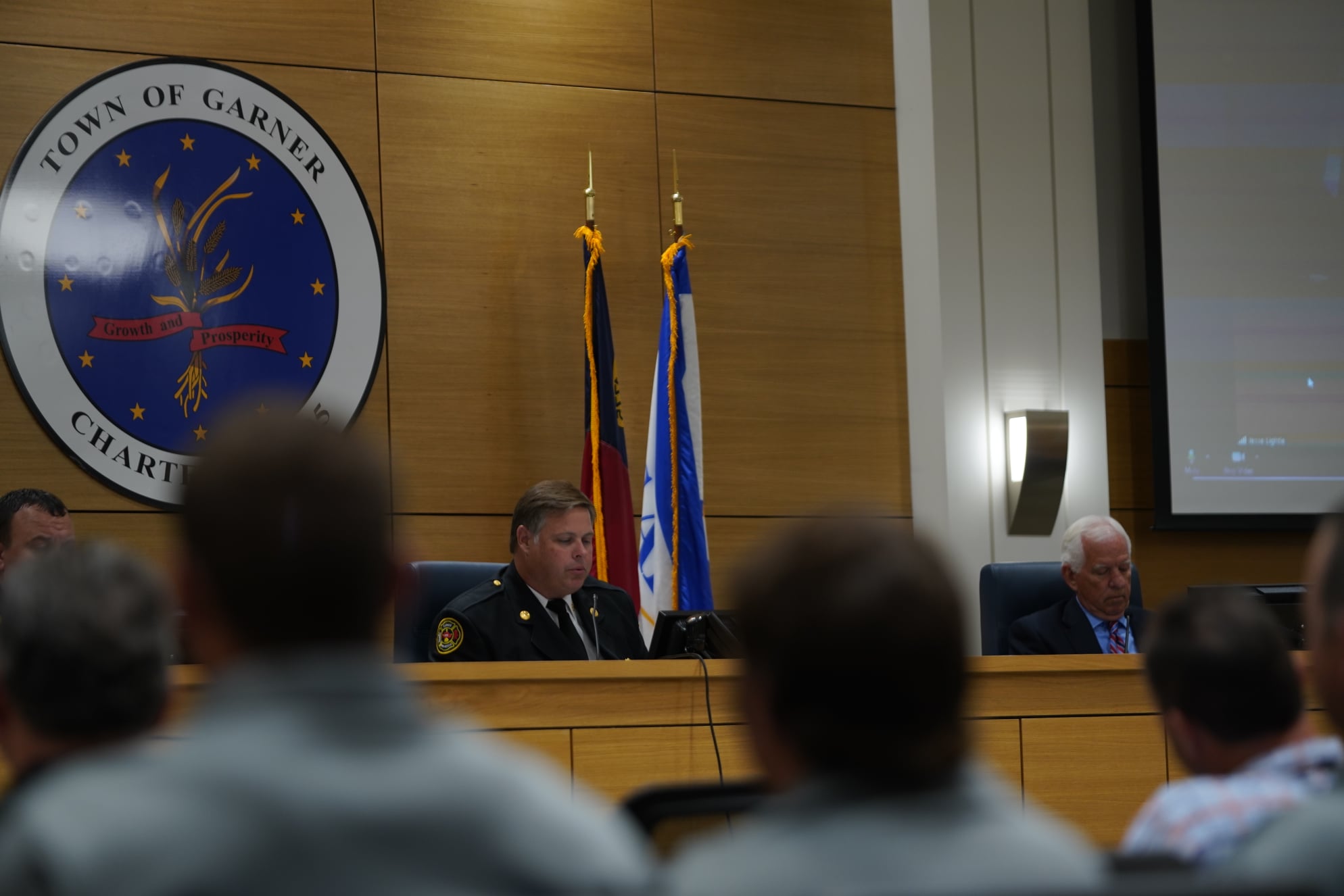
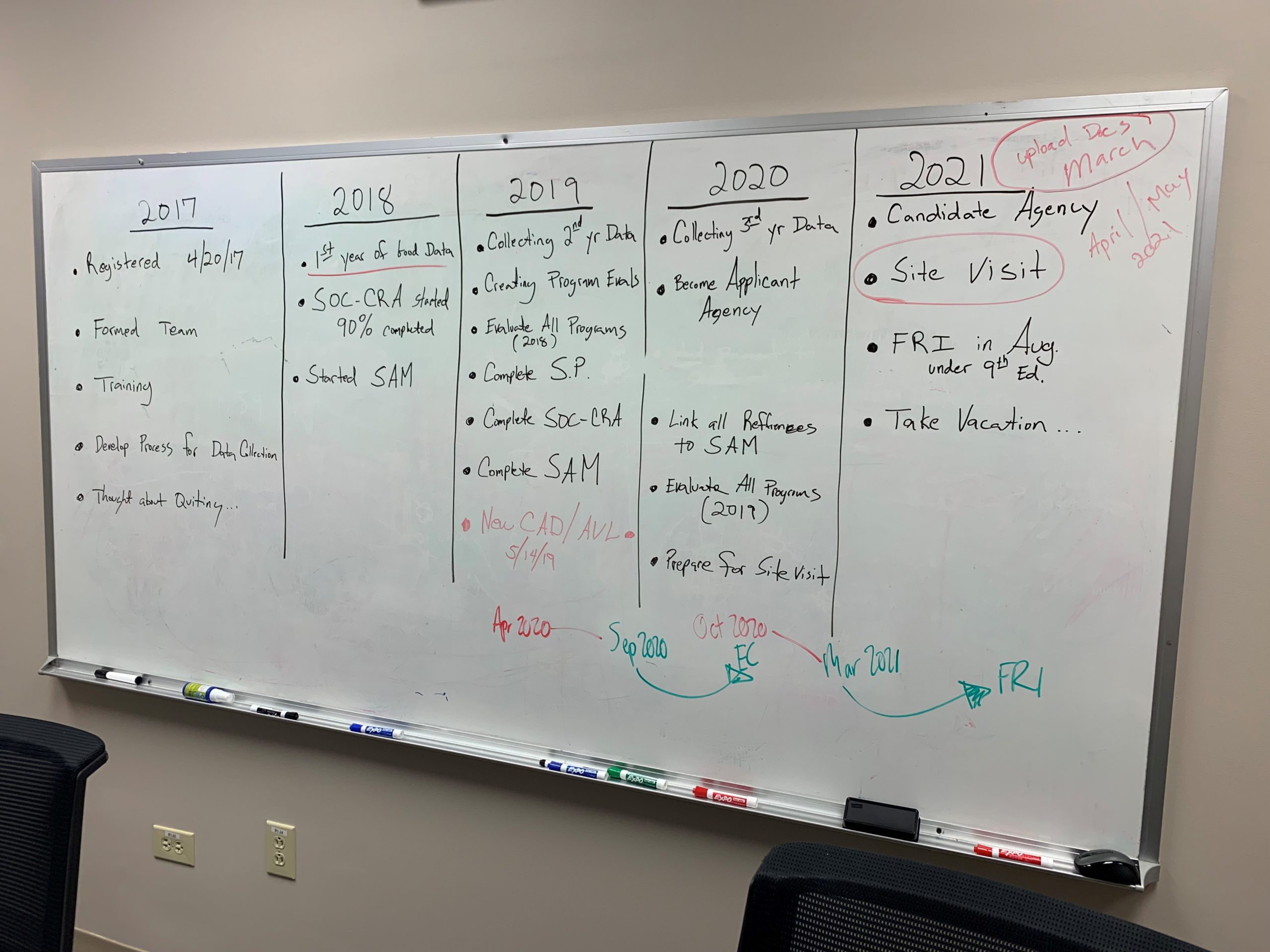
What is Accreditation?
Accreditation is a comprehensive assessment and evaluation model for fire and emergency service organizations. The accreditation process helps to determine community risks and fire safety needs, evaluates the performance of an agency, and provides a method for continuous improvement. The accreditation and certification bodies change requirements over time, requiring accredited agencies to continue to evolve and improve.
The commission on Fire Accreditation International (CFAI) is governed by an 11-member commission representing a cross-section of the fire service industry, including fire departments, city and county management, code councils, the U.S. Department of Defense, and the International Association of Firefighters. The full commission meets bi-annually to review all agencies applying for accreditation or re-accreditation status.
Working towards, achieving, and maintaining accreditation:
- Provides greater community alignment.
- Encourages quality improvement.
- Facilitates input from and builds positive relationships with labor.
- Identifies areas of strengths and weaknesses.
- Allows for the establishment of a plan for improvement.
- Provides data supported decision-making.
- Communicates management and leadership philosophies.
- Ensures your agency has a defined mission and related objectives.
- Encourages the development of organizational procedural documents.
Are CFAI Accreditation and ISO Class (PPC) the same?
No. CFAI is the Commission on Fire Accreditation International. ISO is the Insurance Services Office. ISO ratings are somewhat limited in their application because they are related mostly to firefighting operations. As noted in the ISO’s Fire Suppression Rating Schedule, “The Schedule is a fire insurance rating tool and is not intended to analyze all aspects of a comprehensive public fire protection program. It should not be used for purposes other than insurance rating.”
CFAI accreditation takes a far broader look at an organization. Within the accreditation model are 11 categories that fire agencies use as the basis to benchmark and evaluate performance. These categories cover the span of fire and emergency service operations as follows:
| 1. Governance and Administration | 7. Human Resources |
| 2. Assessment and Planning | 8. Training and Competency |
| 3. Goals and Objectives | 9. Essential Resources |
| 4. Financial Resources | 10. External Systems Relations |
| 5. Community Risk Reduction Programs | 11. Health and Safety |
| 6. Physical Resources |
Category 5 (CRR Programs) covers the whole gamut as listed below:
| Prevention | Fire Suppression |
| Public Education | Emergency Medical Services (EMS) |
| Fire Investigation, Origin, and Cause | Technical Rescue |
| Domestic Preparedness | Hazardous Materials (HazMat) |
 ISO Rating
ISO Rating
Garner Fire-Rescue has a district that is roughly 79.62 miles comprising areas within the Town limits and areas outside of the Town limits. Because of this, Garner Fire-Rescue has three (3) different ISO ratings within two different districts.
- Garner received a Class 1 PPC rating that applies to Garner (town) – Effective September 6, 2022.
- Garner Suburban received a split rating Class 3/9E PPC rating (outside town) – Effective July 27, 2022.
- The Class 3 applies to properties with fire flows of 3500 gpm or less outside of the town but within 5-mile coverage area.
- The Class 9E applies to all other properties within our fire district outside of the 5-mile coverage area, but no more than 6 miles.
Who is ISO and what is their goal?
The ISO is a national insurance engineering service organization that assigns a public protection classification (PPC) to jurisdictions based on fire agency services. Insurance companies typically establish insurance rates for individual occupancies or groups of occupancies based on the PPC. The PPCs are established using the ISO’s Fire Suppression Rating Schedule (FSRS). Once widely used by fire departments to evaluate system performance, the FSRS’s use is somewhat limited in that it only evaluates fire protection (not EMS, hazardous materials, or technical rescue for example).
Also, the FSRS does not consider efficiency (e.g., how many resources are deployed in comparison to the number of actual calls). ISO ratings are still appropriate to consider as part of a more comprehensive system performance review.
What is a PPC rating?
To analyze a community’s fire protection, the ISO uses a grading system of 1 to 10. A community protection factor of 1 is the highest possible grade with insurance rates likely to be lowest for the community (ratings increase by 1 for every 10 credits, eg., Class 1 = 90.00+ credits, Class 2 = 80.00-89.99, Class 3 = 70.00-79.99, etc.).
A community with a Class 10 rating means that there essentially is no recognized fire protection system or availability of water for fire suppression. Only a very small number of communities with very effective water distribution systems and highly capable career fire departments are able to achieve a rating of 1.
The three components evaluated by ISO in making a final determination of PPC are:
- Fire Department: fire station locations, number of engines/trucks, staffing levels, training, etc. (50 points maximum)
- Water Supply (40 points maximum)
- Emergency Reporting (10 points maximum)
- Community Risk Reduction (5.5 points maximum)
How do other NC departments compare?
